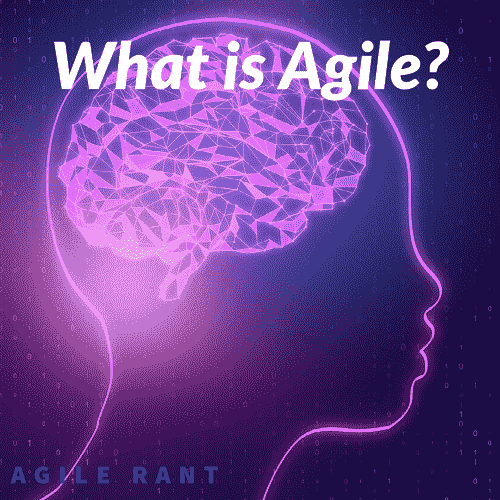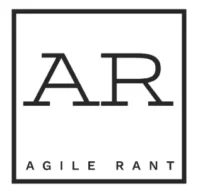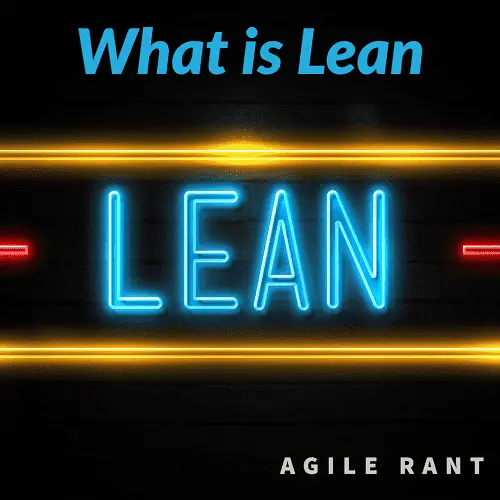What is Lean? Do you feel overwhelmed by meetings, processes, and tasks that, at best, slow down value-added work? At worst, do they add no value and distract you from truly valuable work? You’re not alone. As companies grow and evolve, processes change and work can become cluttered. Focusing on what truly matters could be beneficial. One way to achieve this is by embracing lean development, which aims to eliminate waste and concentrate on what truly matters.
What is Lean
Lean development focuses on efficiency, agility, and customer-centricity, based on the principles of Lean manufacturing. The key idea is to minimize waste and maximize value by focusing on the customer’s needs, achieved through continuous improvement, iterative development, and rapid feedback.
What Is Lean And It’s Core Ideas
One of the key principles of Lean development is the idea of “just-in-time” delivery. This means that development teams aim to provide value to the customer as swiftly as possible, without burdening the system with unnecessary features or functionality. By prioritizing the delivery of the most crucial features, development teams can minimize the risk of project failure and guarantee that the final product satisfies the customer’s needs.
Another vital element of Lean development is continual enhancement. This implies that development teams are consistently seeking ways to refine their processes, eradicate waste, and enhance efficiency. This is achieved through methods such as Agile development, which stresses adaptability, cooperation, and prompt feedback.
Lean development is an approach to software development that emphasizes efficiency, flexibility, and customer focus. By prioritizing the delivery of the most crucial features, continual improvement, and prompt feedback, development teams can minimize waste, boost efficiency, and ensure that the final product satisfies the customer’s needs.
Focus on the customer
In lean, delivering quality to the customer is crucial. Continuous experimentation is key to finding the most efficient ways of delivering quality.
Lean development is customer-centric, with the customer’s needs and preferences at the center of the process. Techniques like user-centered design involve gathering feedback from users to ensure the final product meets their needs.
Lean thinking prioritizes delivering exceptional quality to customers, focusing on flow, organizational purpose, and fostering problem-solving mindsets to achieve remarkable results.
Enhancing Flow for Customer Value
Lean principles focus on optimizing processes to ensure a smooth flow of value from inception to delivery. By eliminating bottlenecks and reducing waste, products and services reach customers efficiently, leading to improved satisfaction.
Aligning Organization with Customer Needs
Lean advocates focus on aligning the entire organization around understanding and meeting customer needs. This customer-centric approach enables businesses to tailor their offerings precisely, creating products and services that resonate with their target audience.
Purpose-Driven Mindsets for Innovation
Embracing a purpose-driven mindset empowers teams to innovate and continuously improve. Lean organizations encourage their workforce to experiment, enabling the development of cutting-edge solutions that elevate customer experiences.
Nurturing a Culture of Problem-Solving
Problem-solving is central to lean thinking. Companies that cultivate a culture of continuous improvement enable their employees to proactively identify and address customer pain points, leading to increased customer satisfaction.
In conclusion
Lean thinking focuses on the essential aspects of work that deliver value, while eliminating or streamlining non-value-adding elements. Many organizations have adopted lean practices not only to reduce waste and costs, but also to improve productivity and profitability. If your organization is burdened by unnecessary processes and wasted effort, revisiting lean ideas could be beneficial. Teams don’t have to fully adopt lean principles, but can benefit from applying relevant ideas to improve their performance and overall efficiency.
After What Is Lean, Some Additional Reading


Also check out these sources that get into the ideas of what lean thinking and mindsets are all about. Reduce the waste to deliver more value. What is Lean, from the Lean Enterprise Institute

